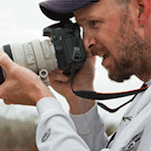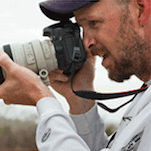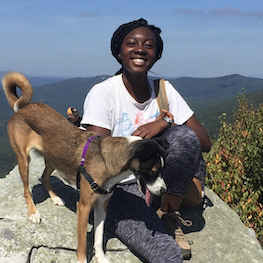Teachable Moments Series

Resources for making a difference
Not long ago, my colleagues asked me to spearhead our efforts to update our chapter on Climate Change. Consequently, I’ve spent much of the past month wading through the most recent Assessment Report from the IPCC as well as articles from the primary literature too numerous to mention. The news is, well, bad.
Since 1958, when the first CO2 measurements were made at Mauna Loa, the concentration has increased from 315 parts per million (ppm) to, as of this writing, 423 ppm. Indeed, the rise has been so consistent that many climate scientists have taken to using average annual CO2 concentration to indicate the year of their birth. (By this metric, I was born at 322.31 ppm.) All this carbon dioxide (not to mention other greenhouse gases) has sent surface temperatures soaring and caused a host of related changes in the climate system. The evidence of climate change is now so incontrovertible that one rarely hears contrarians argue that climate change is not real. They may argue—unconvincingly—that people are not responsible, but they rarely bother to argue it’s not happening.
This seems like a Pyrrhic victory, as the rate of warming has accelerated since the last Assessment Report was written. This is, ultimately, quite a downer. It’s not the sort of uplifting message that inspires students or rallies citizens to action, which brings me to the point of this post.
How can we teach about climate change and climate science without producing a completely disheartened and depressed group of students?
I was thinking about this while listening to an interview with Xiye Bastida, a young, 17-year-old climate activist. Born in Mexico and currently based in New York City, she brings an energy and optimism rooted in action to the climate movement. She argues that “there is no hope without action.” And this, I think, is a powerful message and one that is good to share with students. After all, as impressive as the science behind our understanding of climate change is—and our understanding is driven by the work of some very, very clever scientists—the truth of what they have discovered can be paralyzing if we don’t also share a bit of hope. As Ms. Bastida notes, that hope comes from knowing that we can all make a difference; our actions really can help turn this ship around.
So, with that in mind, I’ve gathered resources that can be used to offer students hope. Many of these things are small, but they have the potential to snowball because they show us how to engage – they help us, as Michael Mann says, become part of the solution!
- 18 Simple Things You Can Do About Climate Change, suggestions from Kat Kerlin at UC Davis.
- Urgency and Agency: Michael Mann on Conquering Climate Despair, Michaela Barnett interviews the author of the “hockey-stick” graph.
- Speak with others about Climate Change, climatologist Katherine Hayhoe argues for learning how to engage in difficult conversations.
- Don’t fall into the trap: “It’s too late to do anything about climate change… right?” (A great video, also from Katherine Hayhoe!)
- Learn how to talk to policy makers Insights from NASA climatologists Kate Marvel.
There are, of course, many, many more resources. However, the key message is that climatologists—those who are most likely to feel disheartened—believe it is not too late, that individual actions matter, and that we really can make a difference. That’s the message I try to share with my students.






 Mysteries of the Sargasso Sea
Mysteries of the Sargasso Sea
